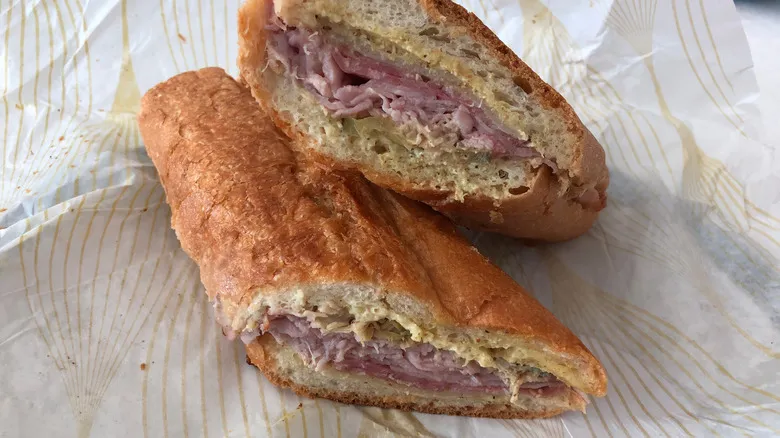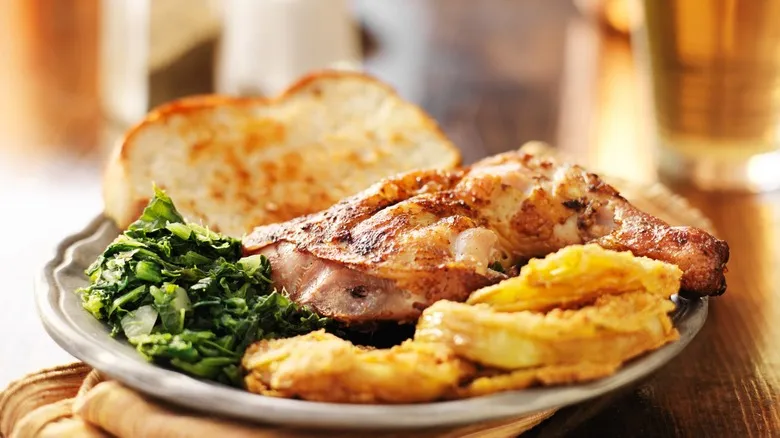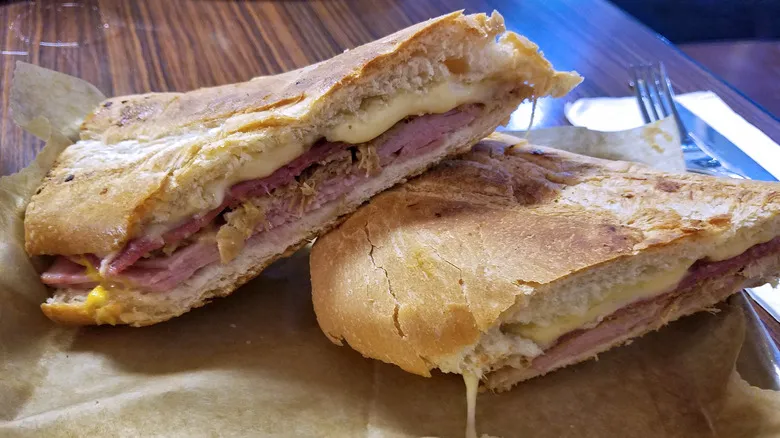How salami got into the Tampa-style Cuban sandwich

While Miami residents may take a strong stance against salami, those in Tampa are passionately in its favor. The inclusion of salami in the Tampa version of the sandwich has historical roots. When the sandwich first made its way to the United States, it originally contained Spanish salchichón, a dried and cured sausage that bears some resemblance to salami but is spicier. However, sourcing salchichón was not always straightforward, leading to the adoption of salami as a substitute.
Immigration played a significant role in this shift, particularly in Tampa's Ybor City, which was home to many immigrant workers in the cigar industry. Alongside Cubans, a substantial number of these workers were Italian. With a thriving Italian community, salami (distinct from pepperoni) became readily available and found its way into the sandwich. Additionally, some argue that other immigrant groups contributed to the sandwich's evolution, with elements like mustard being introduced by Eastern European arrivals.
Another notable distinction between the Tampa and Miami sandwiches is the bread; the Tampa version features a crustier loaf, while the Miami version has a softer texture with a thinner crust. Ultimately, there is no singular "correct" way to prepare a Cuban sandwich. The variations reflect regional preferences, and whichever style you choose may ruffle the feathers of residents from either Miami or Tampa.
Recommended

How Chicory Became A Major Part Of New Orleans Coffee Culture

What Is The Chicago Mix And Where Did This Popcorn Come From?

Why Dipping Your Cinnamon Rolls In Chili Just Works

The Important History Of Soul Food In Southern America
Next up

